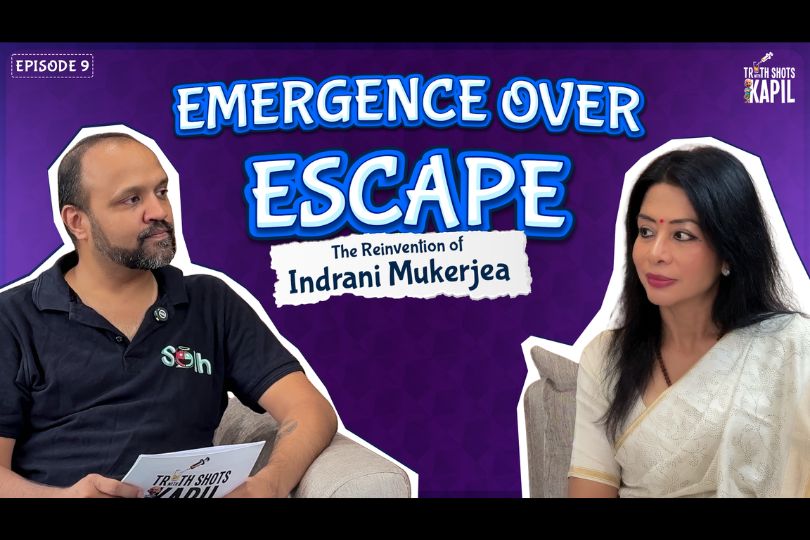Book review: Annalee Newitz’s latest book ventures into urban history through the lens of archaeology
Book review: Annalee Newitz’s latest book ventures into urban history through the lens of archaeologyon Mar 26, 2021

 This book, ‘Four Lost Cities: A Secret History of the Urban Age,’ is, above all, a wide-angle portrait of archaeologists at work.
To say that Annalee Newitz’s interests are eclectic grossly understates the point. They—Newitz’s personal pronouns are they/their/theirs—are the author of two science fiction novels and two works of nonfiction that sprawl across a broad swath of issues and preoccupations.
Newitz has also edited or co-edited a number of other nonfiction books and contributed chapters to several more. And a third novel is scheduled for publication later this year. The subjects of these works include mass extinction, race and class in America, popular culture, robots, and alternate feminist history, among many others.
In Four Lost Cities, their latest outing into the realm of the printed word, they venture into urban history through the lens of archaeology. With Annalee Newitz as your guide, you’ll join archaeologists at work in some of the most fascinating spots around the world.
This book, Four Lost Cities: A Secret History of the Urban Age, is, above all, a wide-angle portrait of archaeologists at work. Over the course of seven years, including many summers spent at dig sites across the world, Newitz interviewed scores of archaeologists. The picture that emerges is likely to revise the impression most of us have had of what archaeologists actually do.
Must Read -
Best Tom Clancy Novels Made Into Films That You Can Stream, Buy on Blu-Ray
Muriel Jaeger, a trailblazing science fiction author, deserves a new look
15 New Books to Watch For in April
Of course, few take seriously the mythical figure of Indiana Jones as representative of the field. But the far more sober picture of archaeologists on their knees in godforsaken places, sifting through the earth for pottery shards and ancient weapons isn’t much closer to the truth. (OK, it’s a big part of the picture.) Today, archaeologists employ science in manifold ways to suss out the story of the past.
Contemporary science and technology come into play in several ways in the pages of Four Lost Cities.
To distinguish among the layers beneath a settlement built atop a series of earlier communities, archaeologists employ stratigraphic mapping analogous to the method used to distinguish one geological epoch from another.
This book, ‘Four Lost Cities: A Secret History of the Urban Age,’ is, above all, a wide-angle portrait of archaeologists at work.
To say that Annalee Newitz’s interests are eclectic grossly understates the point. They—Newitz’s personal pronouns are they/their/theirs—are the author of two science fiction novels and two works of nonfiction that sprawl across a broad swath of issues and preoccupations.
Newitz has also edited or co-edited a number of other nonfiction books and contributed chapters to several more. And a third novel is scheduled for publication later this year. The subjects of these works include mass extinction, race and class in America, popular culture, robots, and alternate feminist history, among many others.
In Four Lost Cities, their latest outing into the realm of the printed word, they venture into urban history through the lens of archaeology. With Annalee Newitz as your guide, you’ll join archaeologists at work in some of the most fascinating spots around the world.
This book, Four Lost Cities: A Secret History of the Urban Age, is, above all, a wide-angle portrait of archaeologists at work. Over the course of seven years, including many summers spent at dig sites across the world, Newitz interviewed scores of archaeologists. The picture that emerges is likely to revise the impression most of us have had of what archaeologists actually do.
Must Read -
Best Tom Clancy Novels Made Into Films That You Can Stream, Buy on Blu-Ray
Muriel Jaeger, a trailblazing science fiction author, deserves a new look
15 New Books to Watch For in April
Of course, few take seriously the mythical figure of Indiana Jones as representative of the field. But the far more sober picture of archaeologists on their knees in godforsaken places, sifting through the earth for pottery shards and ancient weapons isn’t much closer to the truth. (OK, it’s a big part of the picture.) Today, archaeologists employ science in manifold ways to suss out the story of the past.
Contemporary science and technology come into play in several ways in the pages of Four Lost Cities.
To distinguish among the layers beneath a settlement built atop a series of earlier communities, archaeologists employ stratigraphic mapping analogous to the method used to distinguish one geological epoch from another.
Computational archaeology
In data archaeology or computational archaeology, investigators study long-term human behavior and behavioral evolution by discerning patterns in the data sets that emerge from close observation of the tiny details in a dig. For example, they may count the number of times they find pottery produced elsewhere versus pottery produced at the site they’re studying. The might suggest the importance of trade to the inhabitants.Lidar
With lidar (Light Detection And Ranging), specialists can probe the location, depth, and dimensions of structures long buried under the earth, even in the midst of a forest or jungle. Newitz’s description of these methods merely hints at the sophistication of the science brought to bear by archaeologists at work today. Dig deeper into the field, and you’ll find a bewildering array of other scientific methods that now figure in this increasingly demanding discipline. Radiocarbon dating is only the most familiar of these techniques. Source: berkeleyside.com
Annalee Newitz’s latest book
Book launch
Book Review
Frontlist Book Review
Frontlist Update
Latest book
Read Books



.jpg)






.jpg)

.jpg)
.jpg)
.jpg)
.jpg)

.jpg)

.jpg)








Sorry! No comment found for this post.